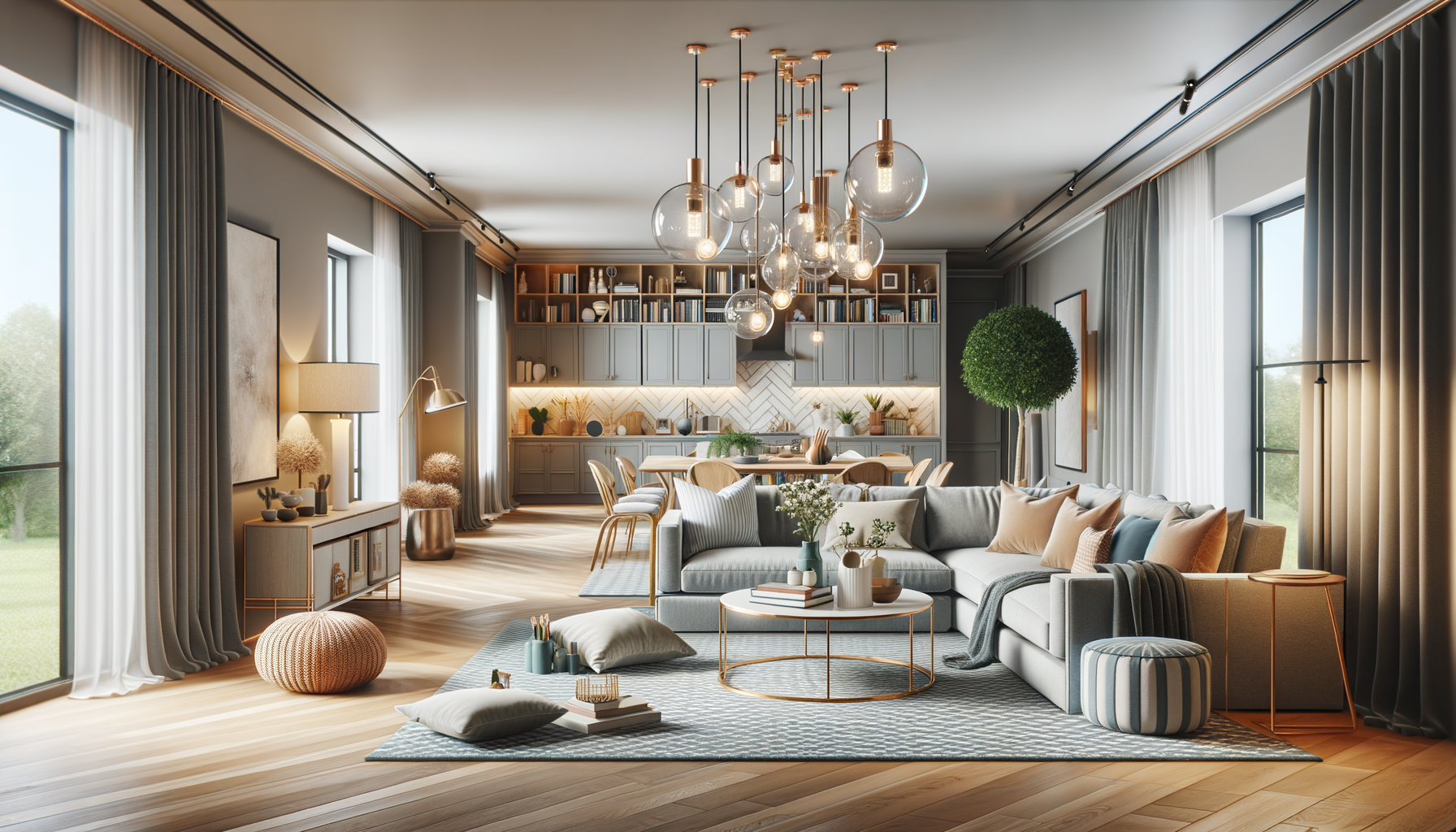Introduction to Home Renovations and Interior Design
Embarking on home renovations and redesigning your interior can be a thrilling journey. It’s an opportunity to infuse your personal style into every corner of your living space while enhancing its functionality. Whether you’re moving into a new house or revamping your current abode, understanding the nuances of home decor and interior design is crucial. This article delves into the key aspects of home renovations, offering insights and practical advice to help you create a harmonious and aesthetically pleasing environment.
Planning Your Home Renovation
Effective planning is the cornerstone of any successful home renovation project. It begins with setting clear objectives and understanding the scope of work. Consider what you want to achieve with your renovation. Are you looking to increase the value of your home, improve energy efficiency, or simply update the aesthetics? Once you have a clear vision, it’s time to create a realistic budget. This involves researching costs for materials, labor, and any additional expenses that may arise.
Another important aspect is selecting the right professionals. Hiring experienced architects, designers, and contractors can make a significant difference in the outcome of your project. Look for professionals with a proven track record and positive client testimonials. Additionally, ensure that all necessary permits are obtained before commencing any work to avoid legal complications.
In summary, meticulous planning and the right team are crucial for a smooth renovation process. This stage sets the foundation for the subsequent steps and can greatly influence the final result.
Choosing the Right Interior Design Style
Interior design is a personal expression of style and functionality. When choosing a design style, consider your lifestyle, preferences, and the architecture of your home. Popular styles include modern, contemporary, traditional, and eclectic, each offering unique characteristics.
Modern design is characterized by clean lines, minimalism, and a neutral color palette. It focuses on simplicity and functionality. Contemporary style, while similar, incorporates current trends and often features a mix of textures and bold colors. Traditional design embraces classic elements, rich colors, and ornate details, creating a warm and inviting atmosphere. Eclectic style combines elements from different periods and styles, allowing for creativity and personalization.
To choose the right style, gather inspiration from design magazines, online platforms, and home decor shows. Create a mood board to visualize how different elements come together. Remember, the goal is to create a cohesive look that reflects your personality and meets your functional needs.
Incorporating Sustainable Practices
Sustainability is becoming increasingly important in home renovations and interior design. Incorporating eco-friendly practices not only benefits the environment but can also enhance your home’s efficiency and reduce costs in the long run.
Start by selecting sustainable materials such as bamboo flooring, recycled glass countertops, and low-VOC paints. These materials are not only environmentally friendly but also durable and stylish. Consider energy-efficient appliances and lighting solutions to reduce your home’s carbon footprint. Solar panels and smart thermostats are excellent investments that can lead to significant savings on utility bills.
Additionally, focus on maximizing natural light and ventilation. This can be achieved through strategic window placement and the use of light-reflecting surfaces. By adopting sustainable practices, you contribute to a healthier planet while creating a modern and efficient living space.
Final Touches and Personalization
The final stage of any renovation or interior design project is adding personal touches that make your house feel like home. This is where you can let your creativity shine. Consider incorporating artwork, family photos, and heirlooms that hold sentimental value. These elements add character and warmth to your space.
Textiles such as rugs, curtains, and cushions are excellent for introducing color and texture. Experiment with patterns and fabrics to create a dynamic look. Plants are another great addition, bringing life and freshness to any room. Choose varieties that suit your lifestyle and the lighting conditions of your home.
Ultimately, personalization is about creating a space that resonates with you. It’s the details that make your home unique and reflective of your journey and experiences.




Leave a Reply